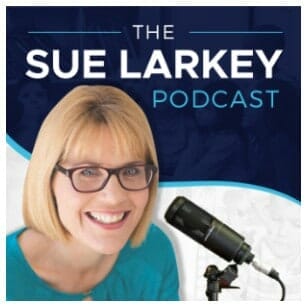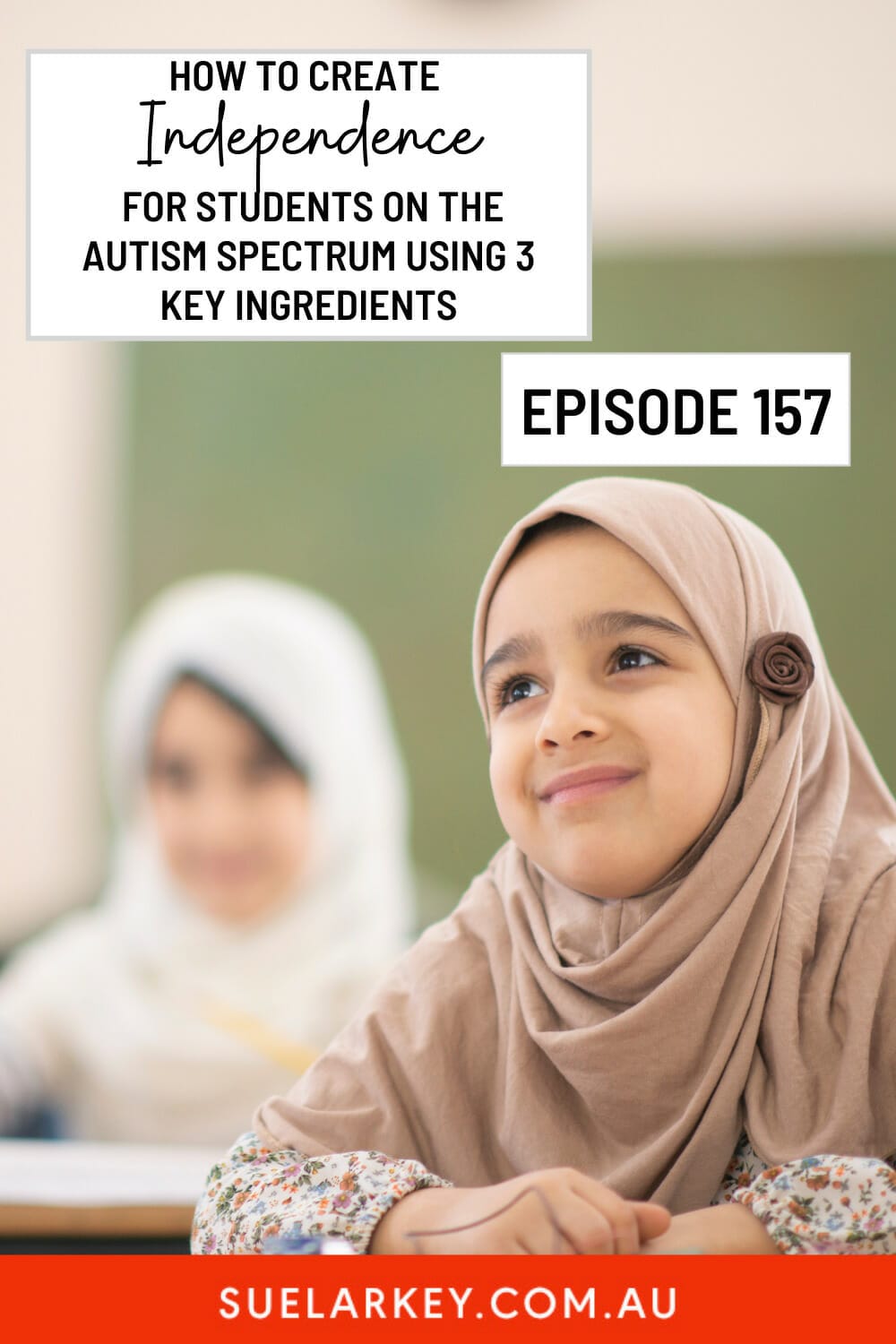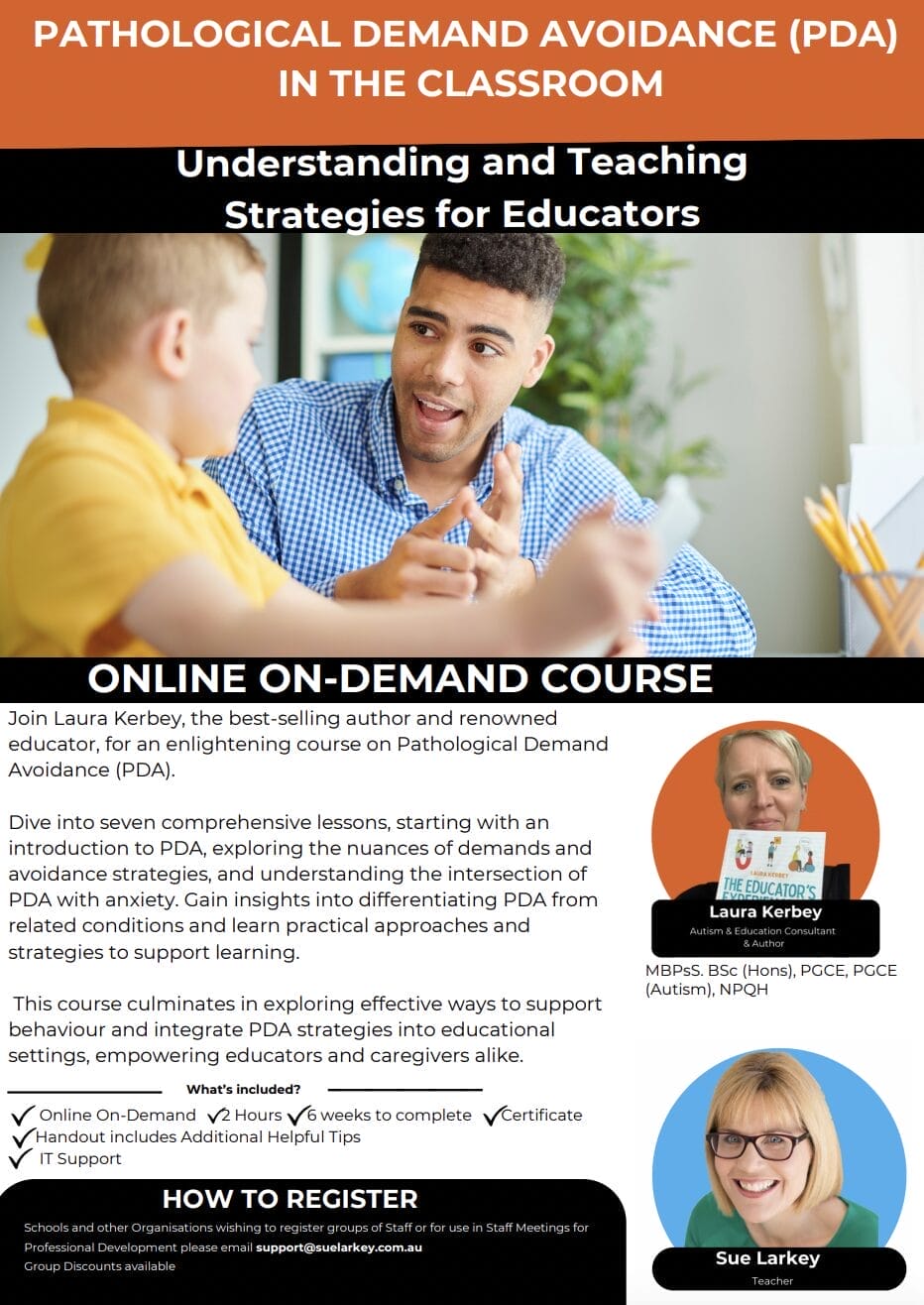The Often Overlooked Strategies:
Routines and Repetition
Discover the Overlooked Strategies of Routines and Repetition Today!

**************************************
Join me for an upcoming Workshop:
Can't make these Workshop dates? Join me for a self-paced on-demand course:
Sue Larkey On-Demand Workshops
**************************************
Discussed in this Episode:
✅ Why use repetition
✅ How to us repetition across all ages and stages
✅ Why use routines
✅ Key routines to support engagement
✅ Why repetition and routines will save you time
✅ Quick tips and strategies to implement this week
Harness the Overlooked Strategies of Routines and Repetition!
Why Harness the Overlooked Strategies of Routines and Repetition?
1. Predictable (No more lost things & No more not knowing what to do)
2. Increase Independence (Helps getting started & builds confidence as know what to do when)
3. Less preparation time – Repeating tasks = Reuse same activities
4. Less working memory – Know what is required when
People with ASD OFten have Difficulty with Organisation
Some examples where Routines and Repetition could help your Students are:
- Forgetting or losing things.
- Difficulty moving from one activity to the next.
- Asking constant questions about when activities are going to occur.
- Difficulty making choices.
- Difficulty starting activities, for example a student asked to write a story may have difficulty organising: pen, book, place to sit (table/chair)…. then trying to decide what to write about.
Ideas of ROUTINES TO ESTABLISH
1. Getting Started on a Work Task
2. What to do when Finished or Where to put Unfinished Work
3. Lining Up
4. Mat Time
5. Where to sit
6. Toilet
7. Food & Drink
SUCCESSFUL STRATEGIES for Classroom Routines
-
Set up routines: always sit in the same seat.
-
Have pen/pencil attached on string to table (if they constantly want to sharpen pencil have set times in day when they can sharpen OR have a box all sharpened at the start of the day).
-
Have an outline/template on table of where to put book, pencils, etc.
-
Instead of going to a locker/tote box have all their books at their table (this can be in book boxes which stand up or bag on back of chair)
-
Pencil case has list of what to have inside and student must check before leaving classroom (or you can use pictures cut out of catalogues on a card, covered in contact).
-
Minimise number of folders/books/stationary.
-
Use Diary’s, Calendars, and Notes to help remember.
SUCCESsFUL STRATEGIES for Work Activities
-
Have a Schedule of sequence of activities to be completed. This can be pictures, written word etc.
-
Let the student tick off/ turn over/ put completed items in box etc.
-
Break activities down into small, manageable tasks.
-
Minimise organisation requirements: If your aim is for the student to sit and complete a written task have everything set up so they can get straight to work (i.e.: book already ruled up, pencil on table etc). Some students spend SO long getting organised they never get any work completed.
Harness the Overlooked Strategies of routine and repetition today!
More Ideas in my Books:
| by Sue Larkey | This is the ideal reference for schools to successfully integrate students into the classroom. It provides easy to follow, proven strategies and worksheets to use immediately. Dr. Tony Attwood writes in the foreword: “Sue has a remarkable ability to identify and briefly explain the difficulties experienced by a child with autism in a regular classroom and to suggest realistic and practical strategies to improve abilities and behaviour. Her advice is succinct and wise.”
9 in stock
| by Sue Larkey & Anna Tullemans | Revised and expanded in 2016. A practical guide to secondary school. Ideas for
all staff, from curriculum engagement, accommodations, group work, homework, using technology, behaviour support, organisational skills to building independence. Includes proformas to photocopy and save you time. This book has over 100 pages of proven ideas and strategies. MASSIVE TIME SAVER for busy Teachers & Parents
13 in stock
More Ideas for Using Routines & Repetition :
The Ultimate Guide: page 45 >> More Info on Best Selling Book with over 500 Strategies
The Early Years: page 31 >>. More Info on Book with where to start and what to do.
The Teacher Assistant Book: page 22 – 23. >> More Info on Top Tips for TAs
Great Books with Activities to Set up Routines & Repetition:
Check out my other Podcast on Why Schedules can Help Establish Routines:

Episode 157: How to Create Independence for students on the Autism Spectrum using 3 Key Ingredients
Discussed in this Episode:
✅ Time is the Number one Accommodation and Adjustment every classroom needs to puts in place
✅ 4 Types of Schedules
✅ Why you need a range of Schedules
✅ Why knowing how long is so important
✅ Range of Visuals to Use
✅ Timer + Visual + Schedule = Independence
Pathological Demand Avoidance (PDA)
in the Classroom: Understanding and Teaching Strategies for Educators
(AS, PDA, ODD, ADHD, etc)
✅ Understanding of Pathological Demand Avoidance (PDA)
✅ What are Demands and How to Avoid
✅ PDA & Anxiety: Key Strategies
✅ Difference between PDD, ODD, and ASD
✅ Practical Approaches and Strategies to Support Learning
✅ Supporting and Understanding Behaviour
✅ PDA and Education: How to Make it WorkWhat, How & When to teach Social Skills
 2 Hours
2 Hours
 Certificate
Certificate
$149





 Sorry we no longer ship items outside Australia. Please consider the digital versions of Sue’s Books –
Sorry we no longer ship items outside Australia. Please consider the digital versions of Sue’s Books – 